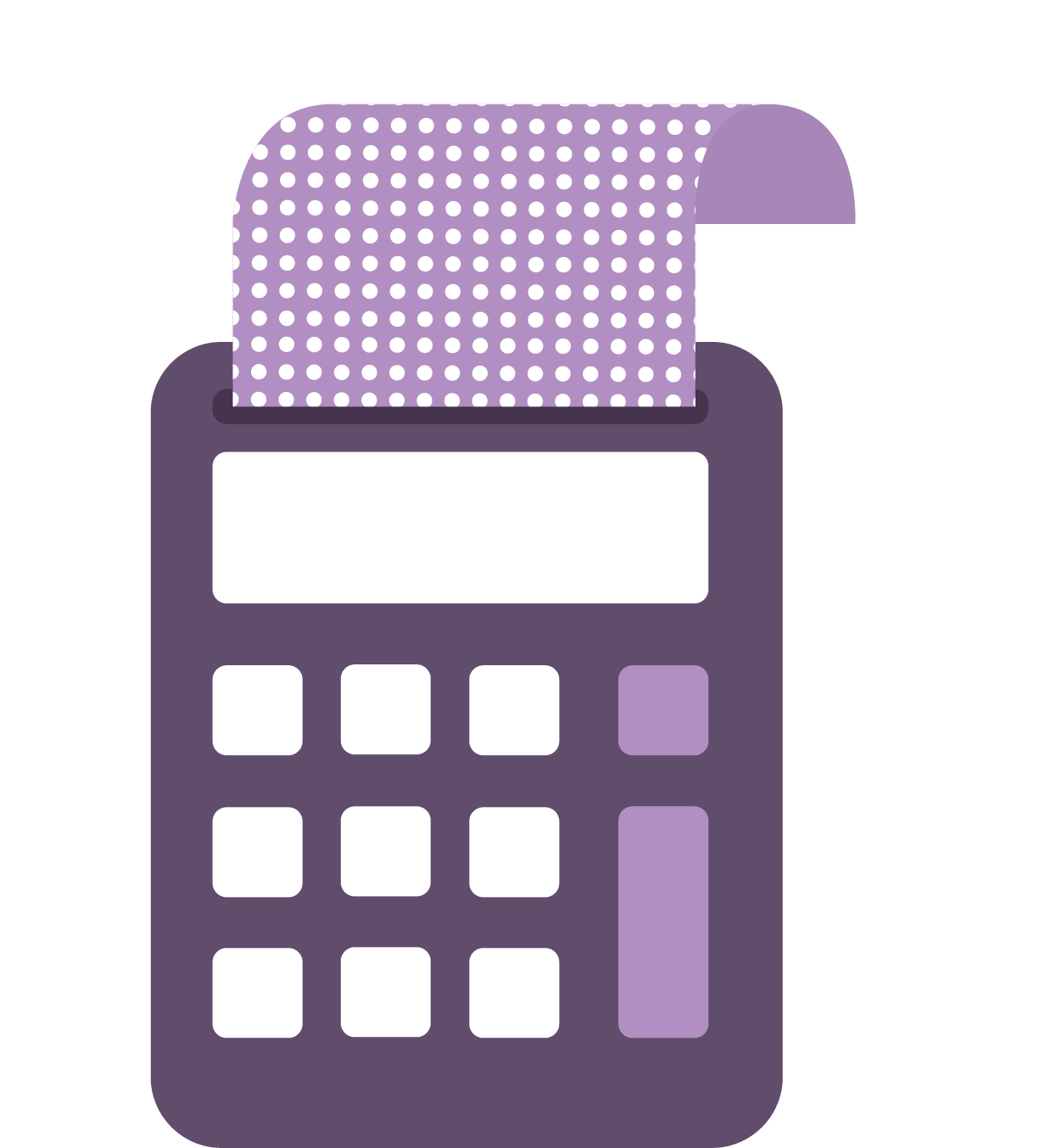15 February 2019
HMRC are making widespread use of powers to deduct cash straight from the earnings of individuals, by increasing debt recovery through ‘attachment of earnings’ orders. Our research has found that HMRC spending on private sector debt collectors rose by 62% to £39m in 2017, up from £24m in 2016.
This method of recovery appeals to HMRC as it does not allow individuals to reduce payments to HMRC if they are short of money one month. It also avoids the need for HMRC to physically seize control of goods and sell them through auctions, which is a time-consuming process where the auctioned goods are often sold for much less than their worth. ‘Attachment of earnings’ orders also require only limited interaction with the debtor, meaning they are much less confrontational.
To determine how much a debtor should pay from their earnings, the court works out a minimum amount the debtor needs to live on, known as the ‘protected earnings rate’. The sum owed is then deducted from money earned above this amount.
The ‘attachment of earnings’ order is one of the most aggressive tools HMRC has at its disposal, allowing HMRC to seize cash from individuals before it reaches a bank account. If individuals want to avoid losing control over their monthly paychecks and how they spend their wages they have to ensure they don’t fall behind on tax payments.
If you have any queries or would like to discuss this issue further, please contact me or your local UHY adviser. Alternatively, fill out our contact form here.

